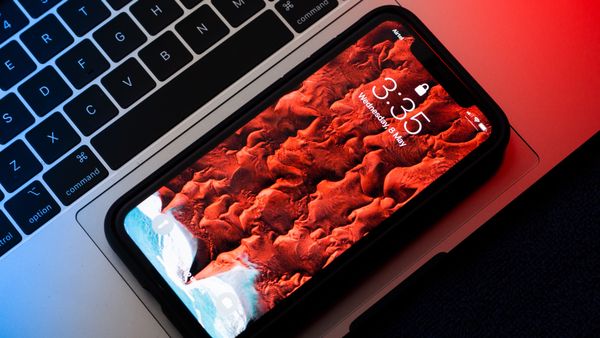iOS 16 to Let Users Roll Back Security Updates

iOS users can now roll back security patches deployed by the newly released Rapid Security Response feature that landed with the latest iOS 16.
The option to remove a particular security update wasn't available on iOS devices, but it's nothing new to the industry. For example, this is currently possible on Windows devices, allowing users to roll back updates that turned out problematic.
Apple updated its support document to encompass the new feature and slipped in this very important information. They describe how to enable the service and remove a particular security update.
"If you don't want Rapid Security Responses to be installed automatically, you can install Rapid Security Responses like software updates,"explainsApple.
If you need to remove a Rapid Security Response:
· Go to Settings > General > About.
· Tap iOS Version.
· Tap Remove Security Update.
"You can reinstall the Rapid Security Response later or wait for it to be installed permanently as part of a standard software update," the company added.
The option to remove a particular update should be available for many reasons, but the most common one is when it interferes with the phone’s functionality in some way. Even if Apple devices are not all that varied and tightly controlled by Apple, it's still conceivable that some users could have an issue with an update.
Worse still, as the name “Rapid Security Responses” implies and because the same updates will be available later as part of a standard software update, some of these patches could be rushed to fix an urgent problem and might not be as thoroughly vetted.
In any case, having the latest security updates is always a good idea, especially since Apple had to release numerous security updates in the past few months to close exploits already running in the wild.
tags
Author
Silviu is a seasoned writer who followed the technology world for almost two decades, covering topics ranging from software to hardware and everything in between.
View all postsRight now Top posts
How to Protect Your WhatsApp from Hackers and Scammers – 8 Key Settings and Best Practices
April 03, 2025
Outpacing Cyberthreats: Bitdefender Together with Scuderia Ferrari HP in 2025
March 12, 2025
Streamjacking Scams On YouTube Leverage CS2 Pro Player Championships to Defraud Gamers
February 20, 2025
How to Identify and Protect Yourself from Gaming Laptop Scams
February 11, 2025
FOLLOW US ON SOCIAL MEDIA
You might also like
Bookmarks








